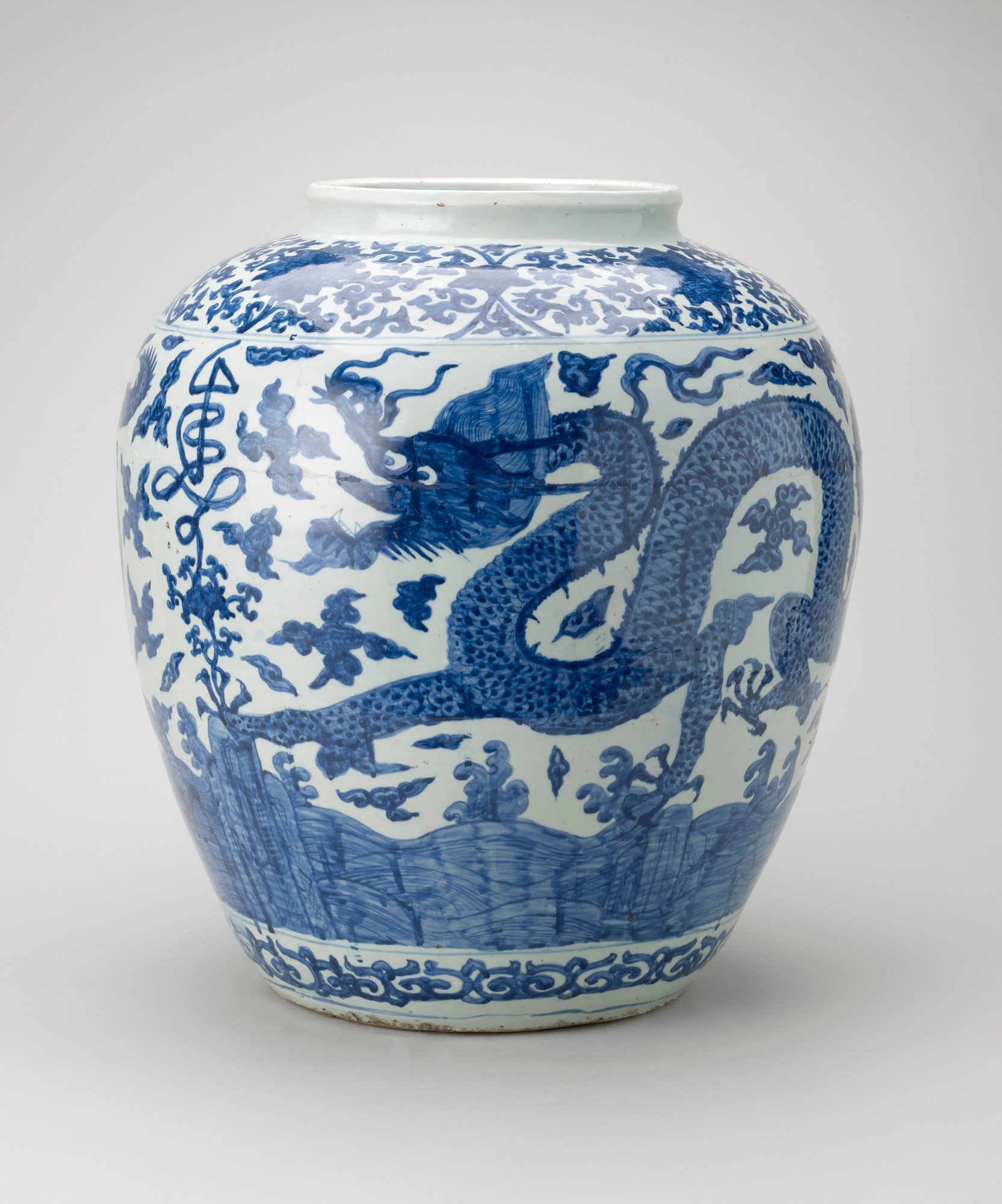
East Meets West
Extraordinary Chinese and Japanese Works of Art in the Royal Collection
Ruyi sceptre
18th centuryRCIN 23692
Jade has been highly prized in China throughout its history and carvings in its nephrite form date back to Neolithic times. However, in the West the stone remained largely unknown until the eighteenth century.
This jade carving is a ruyi sceptre, a time-honoured symbol of authority. It may have been among the gifts sent by the Qianlong Emperor (1736–95) to George III (1738–1820) in response to the first diplomatic Embassy to China, led by Lord Macartney in 1792–4. The Qianlong reign was a period of technical accomplishment in jade and hardstone carving and a wide range of pieces were produced.







